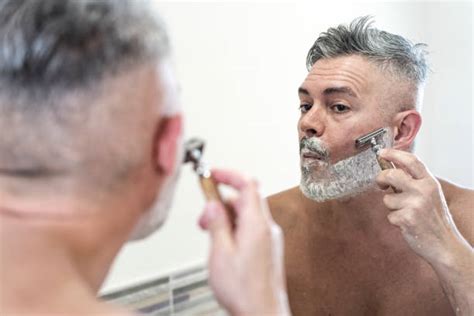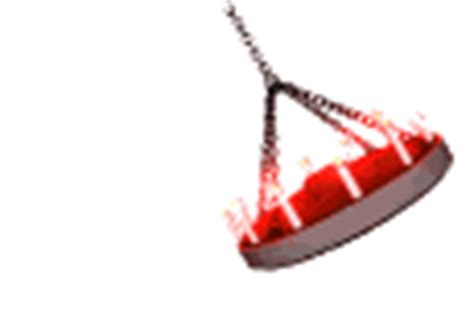Prevent razor burn & ingrown hairs for a flawless, peak performance shave?
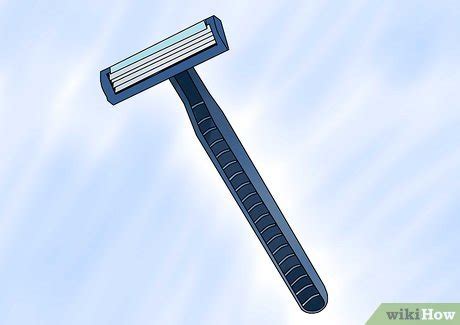
Mastering the Art of a Smooth, Irritation-Free Shave
Achieving a shave that leaves your skin feeling smooth, looking flawless, and performing at its peak isn’t just about dragging a blade across your face. It’s a comprehensive process that, when done correctly, can eliminate the dreaded razor burn and prevent painful ingrown hairs. Whether you’re a seasoned shaver or just starting, understanding the nuances of preparation, technique, and aftercare is crucial for an unparalleled grooming experience.
Razor burn, characterized by redness, irritation, and a burning sensation, along with ingrown hairs – those stubborn bumps where hair curls back into the skin – are common culprits that can detract from an otherwise great shave. But fear not; with a few strategic adjustments to your routine, you can banish these issues for good.
Pre-Shave Ritual: The Foundation of Flawless Skin
The journey to a perfect shave begins long before the blade touches your skin. Proper preparation is paramount for softening hair, opening pores, and creating a smooth canvas, significantly reducing the likelihood of irritation.
- Warm Up: Shave after a warm shower or apply a warm, damp towel to your face for a few minutes. This softens the hair follicles and opens pores, making hair easier to cut.
- Exfoliate Gently: Use a mild facial scrub or a dedicated pre-shave cleanser to remove dead skin cells and lift hairs away from the skin. This prevents blockages that can lead to ingrown hairs.
- Apply Pre-Shave Oil: A good quality pre-shave oil creates a protective barrier between your skin and the blade, enhancing glide and reducing friction.

The Right Tools for the Job
Your shaving instruments play a pivotal role in the quality of your shave. Investing in high-quality products can make a significant difference in preventing irritation and achieving a close, comfortable result.
- Sharp Blade, Always: A dull blade is the primary cause of razor burn. It drags and pulls hair instead of cutting it cleanly, leading to irritation. Change your razor blade every 5-7 shaves, or sooner if you feel any tugging.
- Quality Shaving Cream/Gel: Opt for a rich, lubricating shaving cream or gel that creates a dense lather. This provides cushioning and allows the razor to glide effortlessly. Avoid aerosol foams with harsh chemicals that can dry out your skin.
- Shaving Brush (Optional but Recommended): A good shaving brush helps create a richer lather and gently exfoliates the skin while lifting hairs, preparing them for the blade.

Mastering Your Shaving Technique
Even with the best preparation and tools, improper technique can undo all your efforts. Focus on these key principles for a peak performance shave:
- Shave with the Grain: For the first pass, always shave in the direction your hair grows. This is the least irritating approach. For a closer shave, you can re-lather and make a second pass across the grain, or even against the grain if your skin tolerates it, but proceed with caution.
- Light Pressure: Let the razor do the work. Applying too much pressure can lead to nicks, cuts, and severe irritation. Hold the razor lightly and use short, controlled strokes.
- Rinse Your Blade Frequently: Clogged blades are ineffective blades. Rinse your razor under hot running water after every few strokes to clear away hair and shaving cream.
- Stretch Your Skin: Gently stretching your skin taut in the area you are shaving can help present the hairs more effectively to the blade, leading to a smoother cut.
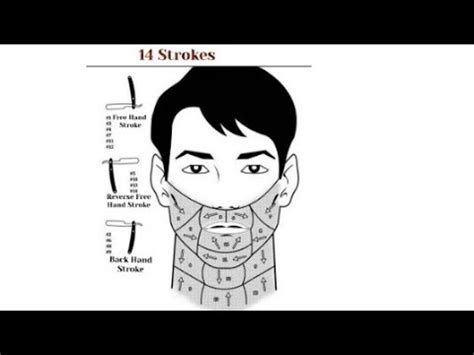
Post-Shave Care: Soothe, Hydrate, Protect
The steps you take immediately after shaving are just as important as the pre-shave routine in preventing irritation and promoting healthy skin.
- Rinse with Cold Water: A final rinse with cold water helps close pores and soothe the skin, reducing redness and inflammation.
- Apply Aftershave Balm: Skip alcohol-based aftershaves, which can dry out and irritate your skin. Instead, opt for a soothing, alcohol-free aftershave balm or lotion with ingredients like aloe vera, witch hazel, or chamomile to calm and moisturize.
- Moisturize Regularly: Keep your skin hydrated daily, not just after shaving. Well-moisturized skin is more resilient and less prone to irritation and ingrown hairs.
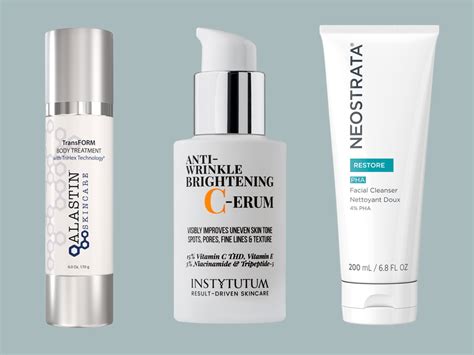
Tackling Persistent Ingrown Hairs
If you’re particularly prone to ingrown hairs, consider these additional strategies:
- Regular Exfoliation: Continue gentle exfoliation a few times a week, even on non-shaving days, to prevent dead skin from trapping growing hairs.
- Topical Treatments: Over-the-counter solutions containing salicylic acid or glycolic acid can help exfoliate the skin and release trapped hairs.
- Consider Shaving Alternatives: If ingrown hairs are a chronic problem, explore alternative hair removal methods like electric razors, depilatories, or even laser hair removal, which might be less irritating for your skin type.

Embrace the Flawless Shave
Achieving a flawless, peak performance shave free from razor burn and ingrown hairs is entirely within reach. By adopting a meticulous approach to preparation, utilizing the right tools, honing your technique, and committing to proper post-shave care, you can transform your daily shave from a chore into a luxurious ritual. Say goodbye to redness and bumps, and welcome a consistently smooth, comfortable, and confident complexion.






